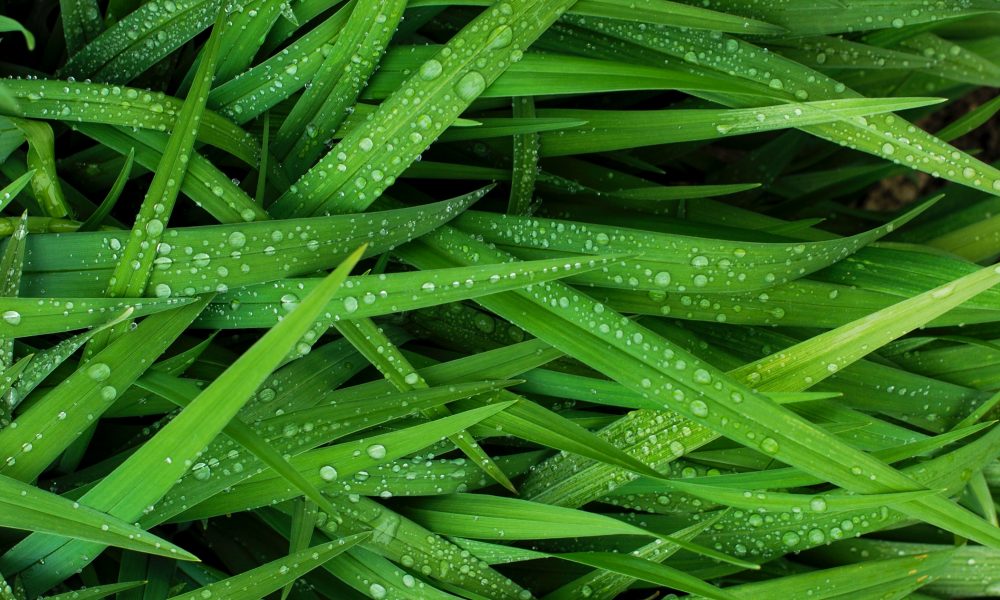Keywords: Sphagnum

Peatlands International 3.2023
Peatlands International 3.2023 was published and sent to all IPS members by email on 12 October 2023. Members receive...

Peatlands International 2.2022
Peatlands International 2.2022 was published on 5 July 2022. IPS members receive a high-resolution version by email, the small...

Rapid & Reliable Restoration of Sphagnum using Micropropagated Sphagnum as BeadaHumok™
Micropropagated Sphagnum grown into small Hummocks (BeadaHumok ™) has been shown to establish and grow profusely on both Upland...

Rapid & Reliable Restoration of Sphagnum using Micropropagated Sphagnum as BeadaHumok™
26 slides

Carbon fluxes on a degraded lowland raised bog undergoing restoration with micro-propagated Sphagnum
12 slides

Processes of vegetation change following the hydrological restoration of blanket mire in South West England
This paper presents an assessment of vegetation change in six hydrologically restored blanket mire sites that form the Dartmoor...

Carbon fluxes on a degraded lowland raised bog undergoing restoration with micro-propagated Sphagnum
Peatlands are a priority habitat for conservation in the UK, and an important carbon store. However, due to drainage...

Opportunities and challenges of farming sphagnum as a growing media constituent in Germany
SUMMARY Its outstanding physical, chemical and biological properties make peat the most important growing-media constituent for commercial growers and...

Characterization and classification of peat soils in Malaysia
SUMMARY Peatland in Malaysia covers approximately 2.76 million hectares of which 796,782 hectares are in Peninsular Malaysia (Law and...
